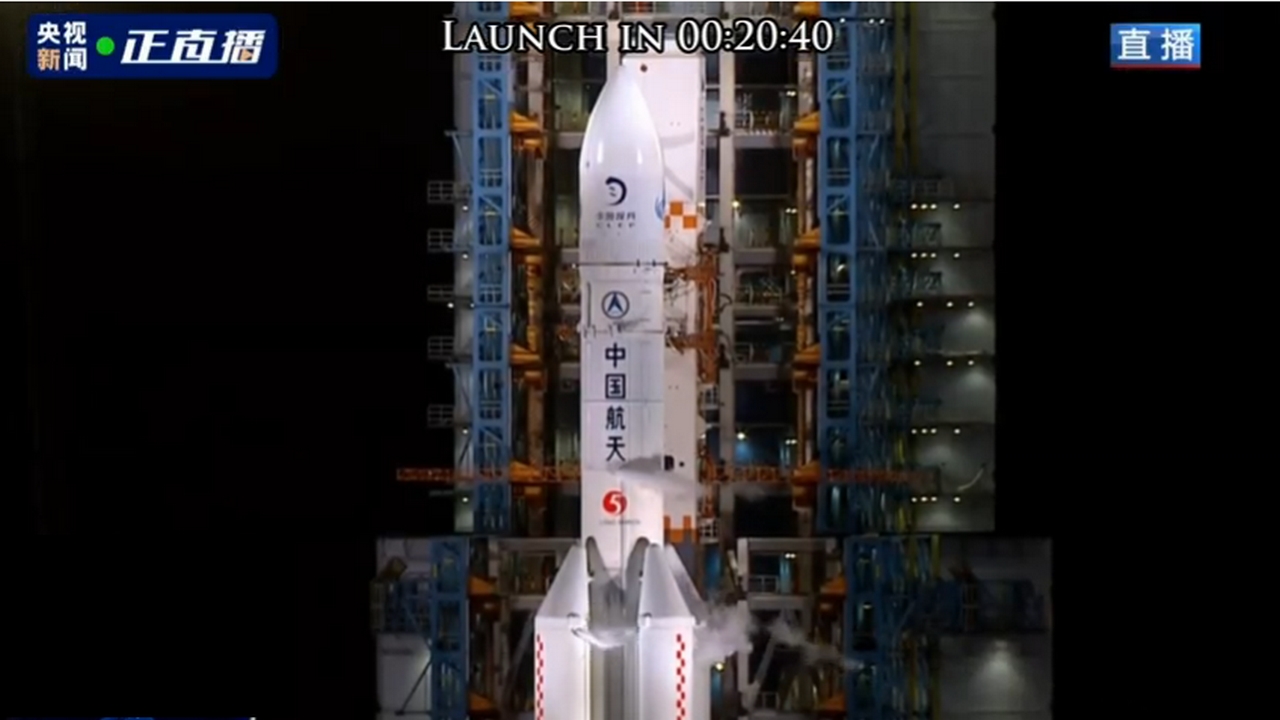China launches the Chang'e-5 moon mission with champions returning to Earth
Source: HW Upgrade added 23rd Nov 2020
China launched tonight ( Italian time) the new Chang’e-5 lunar mission! This is a critical step as it will bring rock samples back to Earth from the Moon and serve as a base for future manned missions.
by Mattia Speroni published 23 November 2020 , at 21: 41 in the Science and Technology channel
NASA ESA
The space missions continue and in particular towards Moon! Tonight (at 21: 30, Italian time) it was the turn of China send a new mission to our satellite! And it is a very special mission. In fact, with Chang’e-5 we aim to bring back to Earth samples of lunar rock, which which had not happened since the end of the years’ 70.
The launch took place as planned as well as the separation of the fairing (which showcased the components of the sample collection system and for their return to the ground), the separation of the side boosters (which provided much of the necessary thrust) and the separation of the main stage from the upper one.
With Chang’e-5, China points to the Moon
Using a rocket Long March 5 (a carrier with a power that places it on top of a Falcon 9) with a weight of just under 900 tons, the robotic system was launched, Chan g’e-5 , for sample collection. The latter has a weight of 8.2 tons.
The sample collection system is very complex and should comprise four distinct modules, even if all the details were not provided by the Chinese space agency. This modular system would appear to be a “dress rehearsal” to bring China to the satellite with a human crew. Those that appear to be ancillary operations recall what was done by United States during the Apollo moon missions where the command and service modules remained in orbit around the Moon , while the actual lunar module descended to the surface.
Of the four modules of Chang’e 5 , two will remain in lunar orbit . The other two will be used, one for the collection of samples (with a mechanical shovel and a drill that will reach up to 2 meters deep), the other to bring the samples back to the modules in orbit and from there the return to Earth. . It is estimated that the samples collected should be approximately 2 kg .
The intended landing zone is the one called Oceanus Procellarum (Ocean of storms) which in the past had already been explored by the Apollo mission 12 and from the robotic missions Luna 9, Luna 13, Surveyor 1 and Surveyor 3. The mission will have a short duration considering that the lunar rock samples should land in the desert of Mongolia in mid-December.
Also the ESA was involved by China for this mission. In fact, the European space agency will monitor two fundamental steps for the mission. The first phase, after the launch which took place a few minutes ago, is carried out by the communication station in French Guiana (Kourou) which will monitor the rocket moving away from Earth. In December, instead, a Spanish communication station (Maspalomas) will be used, which will follow the return to Earth. In both cases the ESA will provide the information to the Chinese space agency thus helping it in the management of the mission.
